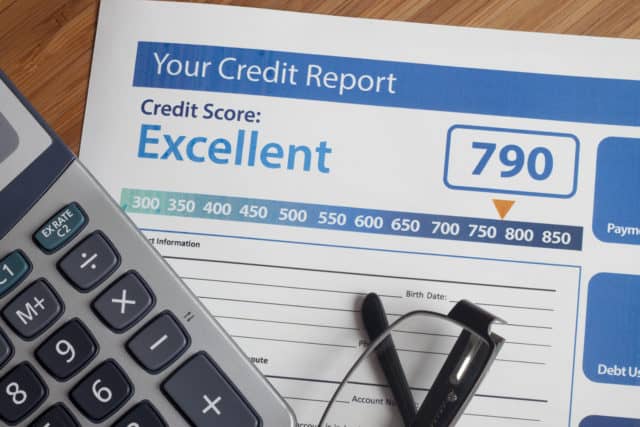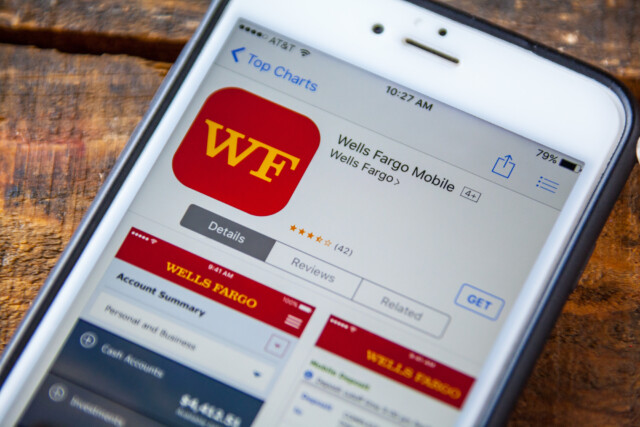To make Wealthtender free for readers, we earn money from advertisers, including financial professionals and firms that pay to be featured. This creates a conflict of interest when we favor their promotion over others. Read our editorial policy and terms of service to learn more. Wealthtender is not a client of these financial services providers.
➡️ Find a Local Advisor | 🎯 Find a Specialist Advisor

There’s a cost of homeownership that surprises many first-time homebuyers, one that’s easy to overlook in the excitement of going through the homebuying process.
It’s called private mortgage insurance or PMI. For the unprepared homebuyer, the cost of paying PMI can be a real budget-buster, adding thousands of dollars in additional expense each and every year.
Fortunately, with a little advance planning and knowledge, there are ways you can avoid paying PMI.
What is private mortgage insurance (PMI)?
The purpose of private mortgage insurance is to protect the lender in the event you default on your mortgage. If you’re unable to put a minimum 20% down payment on a conventional home loan, your lender will likely require you to pay PMI.
The advantage of PMI for homebuyers is that it allows them to buy a home without having to pay a full 20% down payment. On the face of it, this might seem like a huge plus, saving the homebuyer from having to fork out tens of thousands of dollars upfront and still enabling them to buy a home.
But if you do your research before you buy your home, you might find the true cost of PMI far outweighs its benefits.
How much could PMI cost me each year?
Again, it’s important to emphasize that PMI is insurance that the homeowner pays that protects the lender, not the homeowner. Should you fail to make your mortgage payments, PMI does not swoop in and make your payments for you.
Instead, PMI provides the lender with some protection in the event the homeowner defaults on the loan and the house goes into foreclosure. The thinking behind PMI is that if the lender needs to sell the foreclosed home at auction to recoup its money, it will (according to foreclosure statistics) recover on average about 80% of the home value, and the other 20% will be covered through the PMI policy.
PMI premiums can be hefty, generally ranging from 0.55% to 2.25% of your original loan amount. How much you’ll actually pay depends on factors like your down payment amount and your credit score.
For example, if your PMI is 2% and your loan amount is $250,000, you’ll pay $5,000 a year. Most people opt to pay PMI in monthly installments, which means you’ll pay about $416 a month in this scenario. This is on top of your mortgage payments, property taxes, homeowner’s insurance, and home maintenance costs.
Keep in mind this is not a one-time expense, but an expense that you’ll need to pay as long as the equity you have in your home is below 20%.
5 ways to save money and avoid paying PMI
Given how costly PMI can be, it’s no wonder many homebuyers are eager to avoid the expense. Here are five ways you can avoid paying PMI.
1. Shop around for a loan that doesn’t require PMI
Look for alternative loan programs that either waive the PMI requirement and/or give you down payment assistance. For example, VA loans don’t require PMI, so if you qualify you could save a bundle. Look into loans insured by the Federal Housing Administration (FHA) or the U.S. Department of Agriculture (USDA). Both agencies have programs aimed at making homeownership more affordable for low- and moderate-income buyers.
2. Check out state and local homebuyer assistance programs
More communities are making affordable housing a priority, and this includes developing new programs aimed at assisting home buyers. Some communities focus on what’s called “workforce housing,” which targets making homeownership affordable for people with certain occupations, such as school teachers, firefighters, or first responders. You can get started by checking out HUD’s local homebuying page for programs in your state.
3. Look for an 80-10-10 loan
One strategy to avoid PMI involves getting an 80/10/10 loan where you put 10% down and take out a 10% home equity line of credit and use that to satisfy the 20% down payment requirement, says Eric Simonson, founder of Abundo Wealth. The line of credit will likely be variable so you will want to prioritize paying that off sooner, Simonson says. If you’re unsure how to find a lender that offers 80/10/10 loans, check with your accountant or financial advisor who can likely offer recommendations.
4. Pay a higher interest rate
Some lenders offer loans that allow you to avoid paying PMI in exchange for a higher interest rate. You’ll need to go through a qualification process, but if approved, you’ll be allowed to put down less than 20%. But your monthly mortgage payment will be higher—in some cases substantially so—because you’ll be charged a higher interest rate.
5. Buy a less expensive home
Just because you’re pre-approved by a lender for a certain amount doesn’t mean you need to max out that amount when you purchase your home.
“I generally don’t recommend using PMI to buy a bigger home that stretches your finances, since any hiccup in your life could make your mortgage harder to pay and introduce a lot of stress,” says Stanley Himeno-Okamoto, founder of DRS Financial Partners.
A savvier approach for a first-time homebuyer might be to buy a “starter home,” a less expensive one that they can comfortably afford without having to incur PMI.
A Final Thought…
Perhaps the most obvious solution to the PMI dilemma is to reconsider buying a home until you’re able to put 20% down, thereby avoiding PMI entirely. While this might delay your homeownership dreams for some time, it might also provide you with an opportunity to take a step back and consider if now is really the best time for you to take on the responsibility and expense of homeownership.
Waiting until you’ve saved 20% will put you in a stronger financial position to negotiate better terms with lenders. It will also give you an opportunity to carefully weigh all your options before making what will probably be one of the most important purchases of your life.
💡 Ask the Experts: When Does PMI Make Sense?
We asked financial professionals in the Wealthtender community to offer their insights on private mortgage insurance. Read their responses below for tips on when PMI might make sense for home buyers, plus additional ideas to avoid PMI.
Are you ready to enjoy life more with less money stress?
Sign up to receive weekly insights from Wealthtender with useful money tips and fresh ideas to help you achieve your financial goals.

About the Author
Elizabeth Blessing
I’m an editorial writer and copywriter for financial and investment publishers.
I’ve written about growth investing for the award-winning newsletter, The Complete Investor, and about high-yield stocks for Leeb Income Millionaire and Leeb Income Performance.
To make Wealthtender free for readers, we earn money from advertisers, including financial professionals and firms that pay to be featured. This creates a conflict of interest when we favor their promotion over others. Read our editorial policy and terms of service to learn more. Wealthtender is not a client of these financial services providers.
➡️ Find a Local Advisor | 🎯 Find a Specialist Advisor










